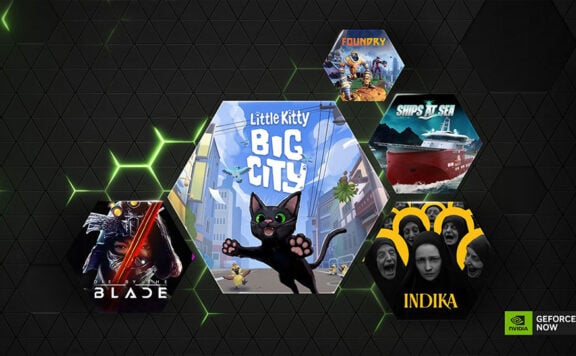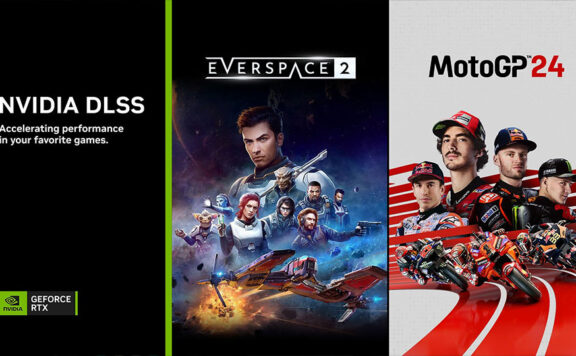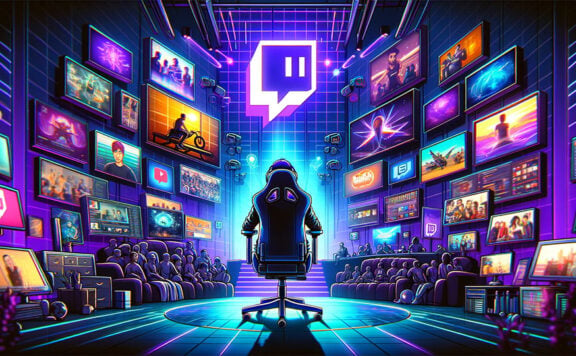Emerging on the cusp of technological revolution, AI and 3D graphics have become intertwined in a dance of possibilities. With every passing day, the role of AI becomes more intrinsic, bridging gaps between what’s possible and what’s imaginable in the world of visual representation.
By revolutionizing graphics design, AI is not just an incremental step forward but a quantum leap. It offers tools and techniques that promise to redefine the landscape of digital artistry.
The Current Landscape of 3D Graphics
From architectural visualizations to blockbuster movies, 3D graphics have seamlessly woven themselves into the fabric of our digital lives. Today, they serve as a pivotal tool for storytelling, expression, and representation across diverse platforms.
The visual spectacle we witness today, intricate and captivating, is ripe for another evolution. And with AI’s touch, we are on the brink of experiencing visuals that are several magnitudes more immersive.
AI’s Role in Graphics Enhancement
Graphics are no longer static entities. With AI, they become dynamic, adapting and evolving to ensure the best possible experience for the viewer. This dynamic nature guarantees that graphics remain relevant, engaging, and breathtakingly beautiful.
By bypassing the limitations of traditional rendering, AI taps into realms previously uncharted. This results in faster, clearer, and more detailed visuals that respond in real-time to various stimuli.
Real-time Ray Tracing
The brilliance of light, the mysteries of shadows—capturing these intricacies has always been the holy grail of graphics. Real-time ray tracing, enriched by AI, brings us closer than ever to this goal.
Simulating photon interactions with AI’s computational power brings forth visuals that are not just realistic but almost indistinguishable from real-world scenarios.
Collaborative Innovations
Human creativity has always been boundless, but with AI, it finds a companion that amplifies its potential exponentially. Together, they embark on journeys to craft visuals previously deemed unthinkable.
Collaborative efforts between artists, developers, and AI systems yield even more astonishing visual experiences that captivate the imagination. Businesses like the casinos offering Ontario Online Slots for Real Money can offer ever more entertaining visuals so players can enjoy an unparalleled blend of realism and interactivity.
Procedural Generation
In the vast expanses of digital domains, creating worlds manually is neither feasible nor efficient. Procedural generation, powered by AI, becomes the cornerstone for crafting infinite universes brimming with detail.
Every mountain, river, or cityscape generated using AI-backed algorithms is unique, offering endless avenues for exploration and marvel.
AI-Powered Animation
Beyond mere movement, animation gives life to characters. With AI, this life becomes palpable, filled with subtle gestures, emotive responses, and a fluidity that mirrors living beings.
Drawing inspiration from countless hours of real-life footage, AI refines animation, ensuring characters move, react, and emote in sync with their environment and context.
Virtual Reality and AI
Virtual Reality promises unparalleled immersion. But to elevate it from a mere visual spectacle to a holistic experience, AI’s role becomes paramount, fine-tuning every aspect to enhance immersion.
Whether it’s the rustling of leaves, shadows cast by moving objects, or the ambient sounds, AI ensures every facet of VR resonates with authenticity.
Personalized User Experiences
Every individual perceives the world differently. AI understands this intricate tapestry of human perception, using it to mold and shape graphics that resonate on a deeply personal level.
Tailored to Perfection
AI dives deep into user behaviors, preferences, and quirks, crafting visual experiences that align seamlessly with each user’s unique perspective.
The Ethical Considerations
When we discuss the infusion of AI into any industry, especially one as visually and emotionally driven as 3D graphics, the ethical framework is of paramount importance. On the one hand, we have the unmatched potential of AI to revolutionize the visual field, but on the other, it’s crucial to ensure that this transformation doesn’t infringe upon the rights of original creators or mislead audiences.
Furthermore, the very notion of ‘creativity’ comes into question. How do we attribute originality in an era where machines can potentially ‘think’ and ‘create’? Does the heavy reliance on AI dilute the essence of human creativity or merely augment it?
Another profound area of concern is the potential cultural insensitivity or bias that might inadvertently seep into AI algorithms. These systems learn from vast amounts of data, and if this data is skewed, the resulting graphics or narratives could perpetuate stereotypes or overlook the richness of global diversity.
Moreover, the commercial aspect cannot be ignored. As industries harness the power of AI-driven graphics for profit, there’s a looming risk of sidelining ethical concerns in favor of monetary gains. Ensuring a balance where technological advancements and ethical considerations coexist harmoniously is the challenge ahead.
AI’s Responsibility in Creation
It’s not just about what AI can create but also about how and why it creates. Respecting originality, ensuring cultural sensitivity, and upholding the sanctity of human-driven creativity will be the guiding principles as we navigate this novel landscape.
The Road Ahead
The trajectory of technological advancements in 3D graphics, shaped by AI, is akin to a rising crescendo. We’ve moved past mere enhancements and refinements. Now, we’re entering a phase where the line between imagination and reality, driven by digital creations, will become increasingly blurred. This not only signifies a leap in graphical technology but also marks a paradigm shift in how we interact with, consume, and think of digital visuals. The dynamics of design, gaming, simulation, and many other sectors are poised for a transformation.
A Future Filled with Visual Wonders
With AI’s continuously expanding capabilities, we can anticipate a few distinct trends. First, hyper-realistic environments will become commonplace, making it challenging to distinguish between a digital render and a real-world photograph. Next, real-time user feedback will reshape in-game worlds or virtual simulations instantaneously, ensuring an immersive experience tailored to individual preferences.
AI might even push the boundaries of storytelling, allowing narratives to evolve based on user emotions and decisions. All in all, the fusion of AI and 3D graphics promises not just enhanced visuals but a redefinition of experiential digital interaction.







